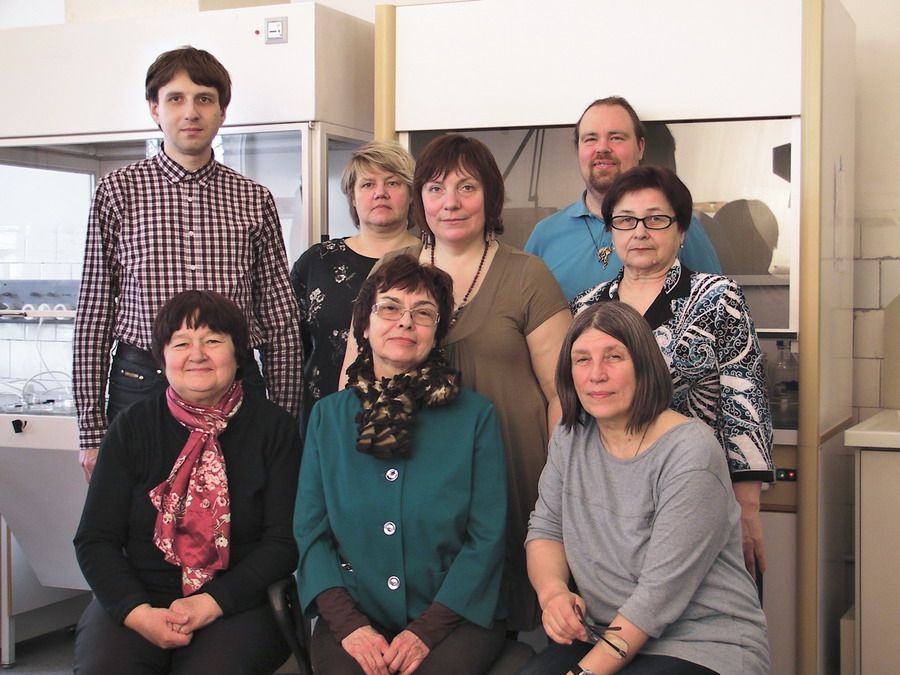To develop studies on molecular-genetic mechanisms of regulation of neuronal plasticity, a Sector was founded in 1997; it included a number of researchers of Laboratory of genetics of the higher nervous activity and Laboratory of comparative genetics of behavior. The Sector was headed by Medical Sciences Doctor E. V. Savvateeva-Popova; in 1999 it was transformed into Laboratory of neurogenetics.
 Neurogenetics is a modern branch of biological science, which synthesizes achievements and methodology of classical and molecular genetics, neurophysiology, and ethology. Its subject after deciphering of genome of the human and other species became comparative functional genomics, i. e. establishment of functions of sequestered genes and their interaction in control of the organism physiology in norm and pathology. For instance, functions of genes of human diseases can be established by analysis of phenoptypical manifestations of mutations in structural-functional homologs of these genes in Drosophila. Neurogenetics is a modern branch of biological science, which synthesizes achievements and methodology of classical and molecular genetics, neurophysiology, and ethology. Its subject after deciphering of genome of the human and other species became comparative functional genomics, i. e. establishment of functions of sequestered genes and their interaction in control of the organism physiology in norm and pathology. For instance, functions of genes of human diseases can be established by analysis of phenoptypical manifestations of mutations in structural-functional homologs of these genes in Drosophila.
Therefore the main attention of the Laboratory is focused on creation of animal models of human neurodegenerative diseases and syndromes with multiple human manifestations ( « genomic diseases » ) for preclinical studies and search for therapeutic strategies. These models include mutant and transgene Drosophila lines - the spontaneous « knockouts » of evolutionary-conservative genes of the kinurenin pathway of tryptophan metabolism – endogenous modulators of receptors of excitatory amino acids, and systems created by gene engineering for the controlled expression in the Drosophila brain of human genes for neurotrophic factors.
The studies are goal-oriented, i. e., consecutively analyzed are events on the pathway from the main manifestation of neurodegenerative e diseases - disturbances of learning and memory - to a particular gene. This is achieved by a combination of a great number of various mutants with specific disturbances of brain neurochemistry or morphology at the obligatory initial demonstration of cognitive disturbances.
Such complex approach needs use of a great number of procedures (behavioral, immunocytochemical, cytogenetical, molecular-genetical) and of methods of the bioinformational analysis of nucleotide and protein sequences. The activity of the neuronal genome is considered as a system whose readjustments lead to a change of the spatial organization of nuclear chromosomes, to a modification of transcriptional activity (expression) of one or many genes, and, as a results, to creation of prerequisites for the long-term storage of the memory trace at learning, post-stress and post-traumatic syndromes and the appearance of « genomic diseases » – sporadic syndromes with multiple disturbances including the cognitive ones. |